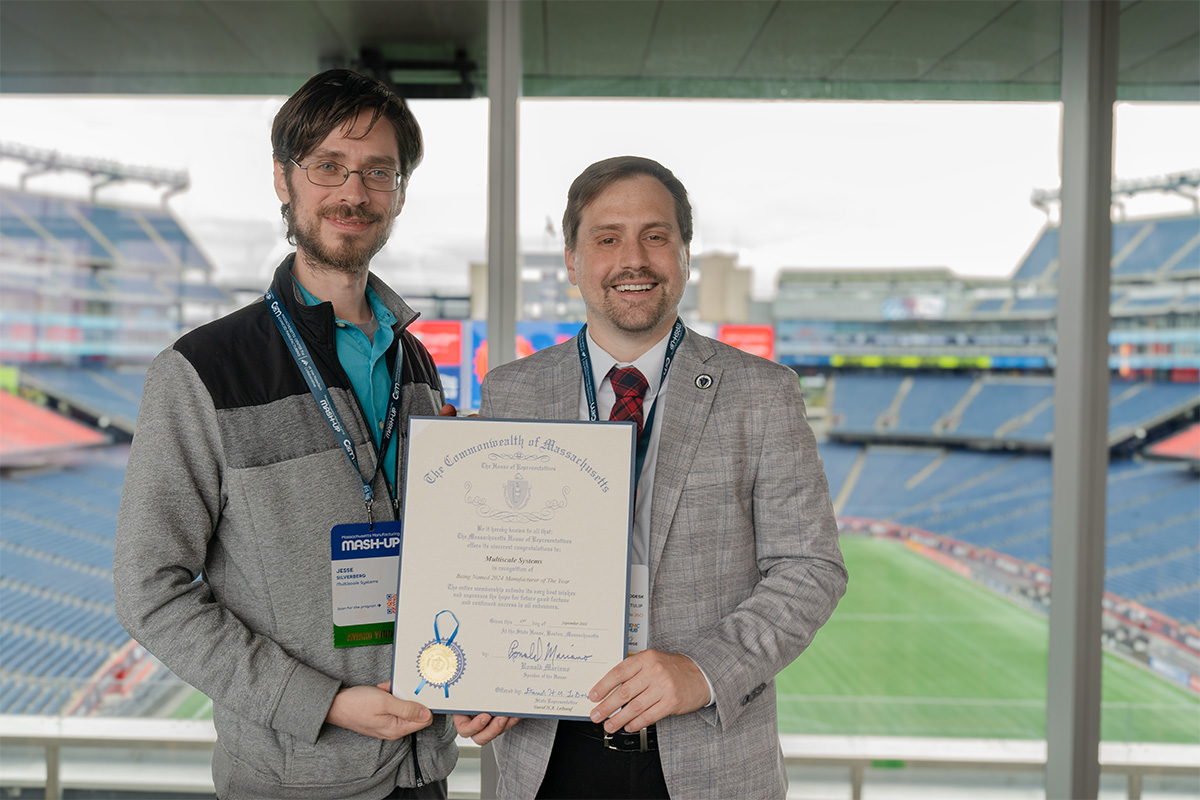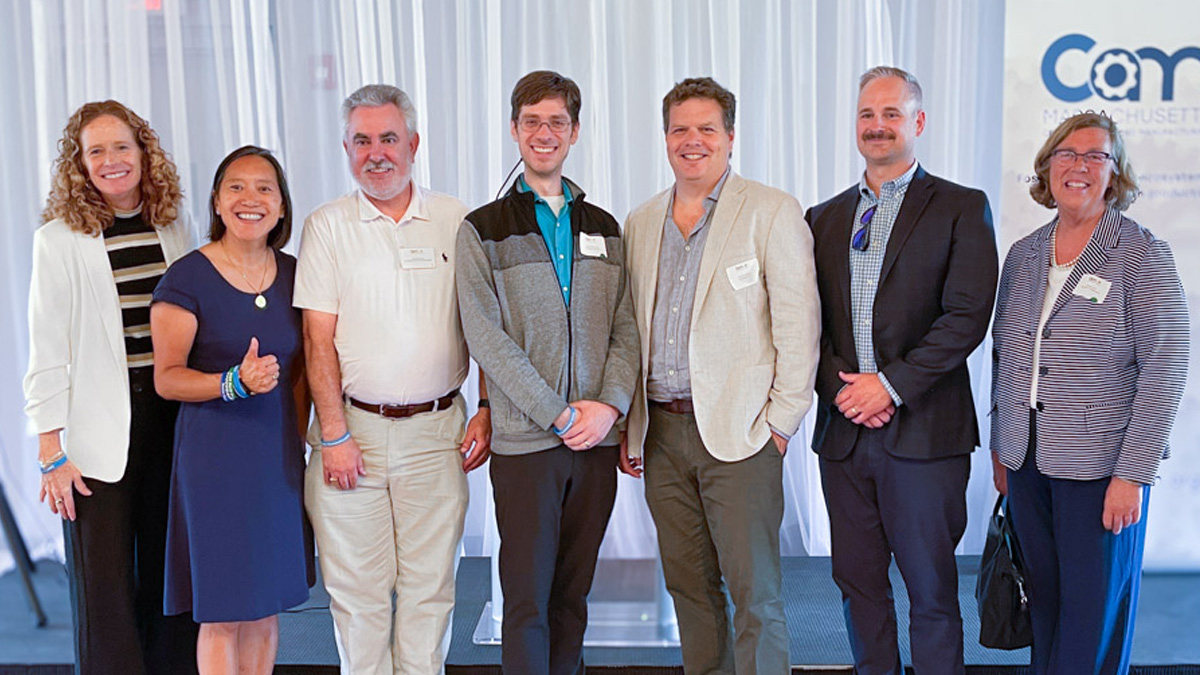In this white paper, Projectile Motion: Achieving Long Distance Aerial Delivery, we present quantitative data on MetaCORE demonstrating its ability to offer greater multi-directional energy absorption than current solutions. This pro-isotropic capability is comparable to cardboard honeycomb in terms of energy absorption, mass density, and cost, but provides greater predictability in variable landing conditions and high horizontal-velocity landings.
The issues with cardboard honeycomb
Air dropped payloads require impact-mitigating solutions to ensure cargo is delivered 100% mission capable. Current missions use cardboard honeycomb as an energy absorbing device to “soften” the landing. The operational envelope of cardboard directly constrains payload size, weight, drop times, horizontal glide distances, and speed. Future missions involving large horizontal glides are outside the operational envelope of cardboard honeycomb due to its poor shearing properties.
MetaCORE offers greater predictability and reliability
MetaCORE is an advanced material with isotropic energy absorbing properties that eliminates the 200% to 600% asymmetry in cardboard honeycomb’s material properties. It was developed by Multiscale Systems under a NASA SBIR Phase I/II contract as a lightweight low-cost material for non-defense aerospace and ground vehicle applications (est. ~$1Bn commercial market). With some modification to the existing manufacturing process, it would be an ideal energy absorber for vastly expanding airdrop operational envelopes. This is a dual-use technology with TRL 4 for aerial delivery applications.
Latest Lab Notes
News /
March 11, 2025 – Multiscale Systems to showcase cutting-edge industrial innovation during StartUp Week Worcester 2025.

News /
Multiscale Systems receives Massachusetts manufacturing award in recognition of outstanding leadership skills in the manufacturing industry.

Press Release /
WORCESTER, Mass. (July 12, 2024) – Multiscale Systems to build new facilities, expand advanced manufacturing capabilities, and bring jobs to Worcester with grant investment.

